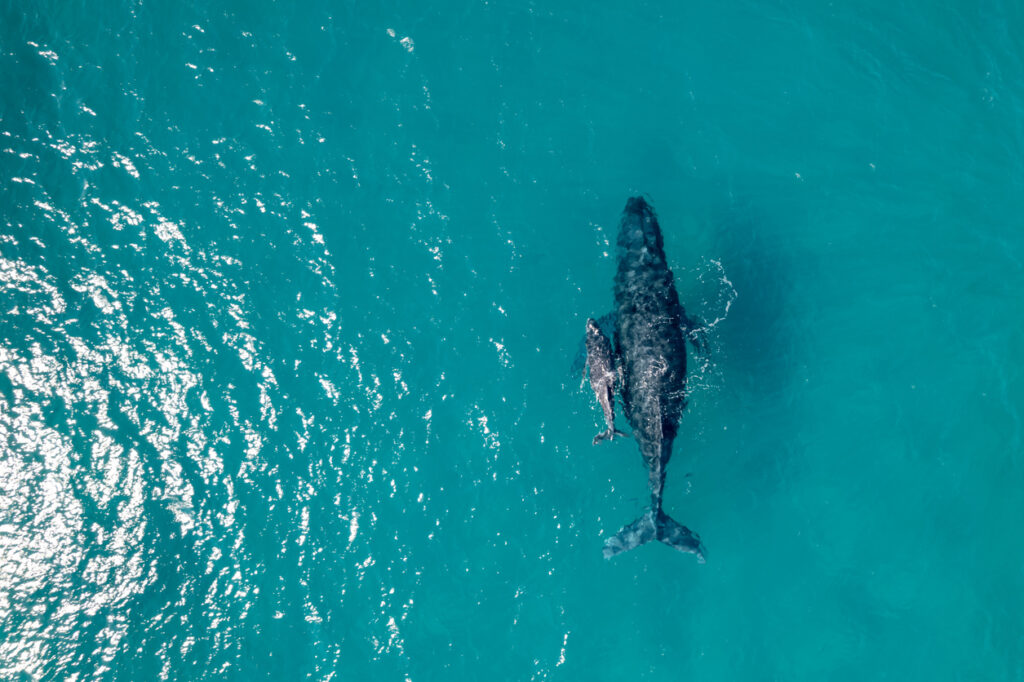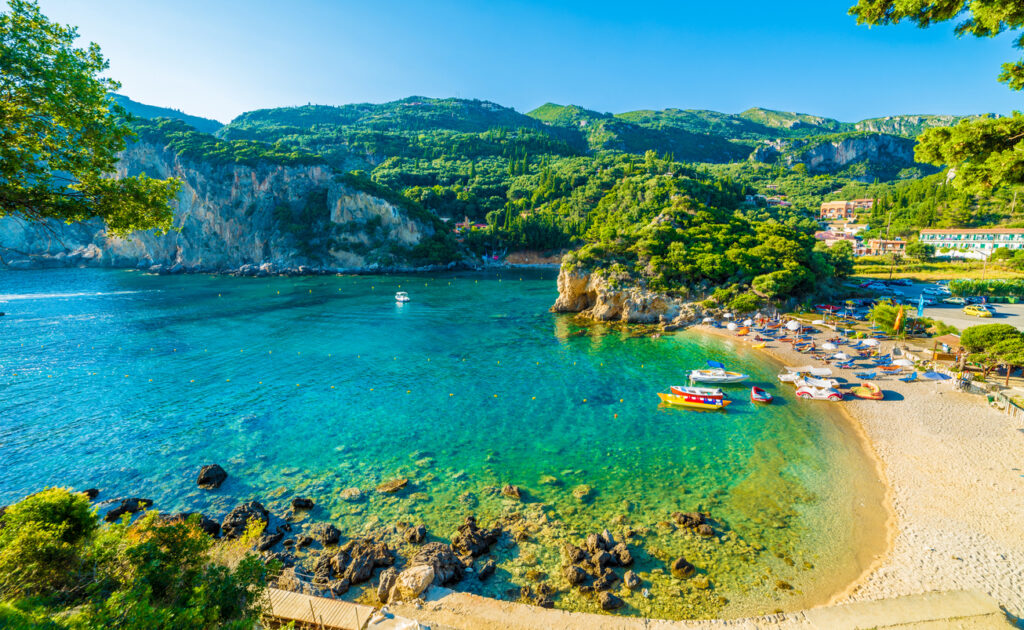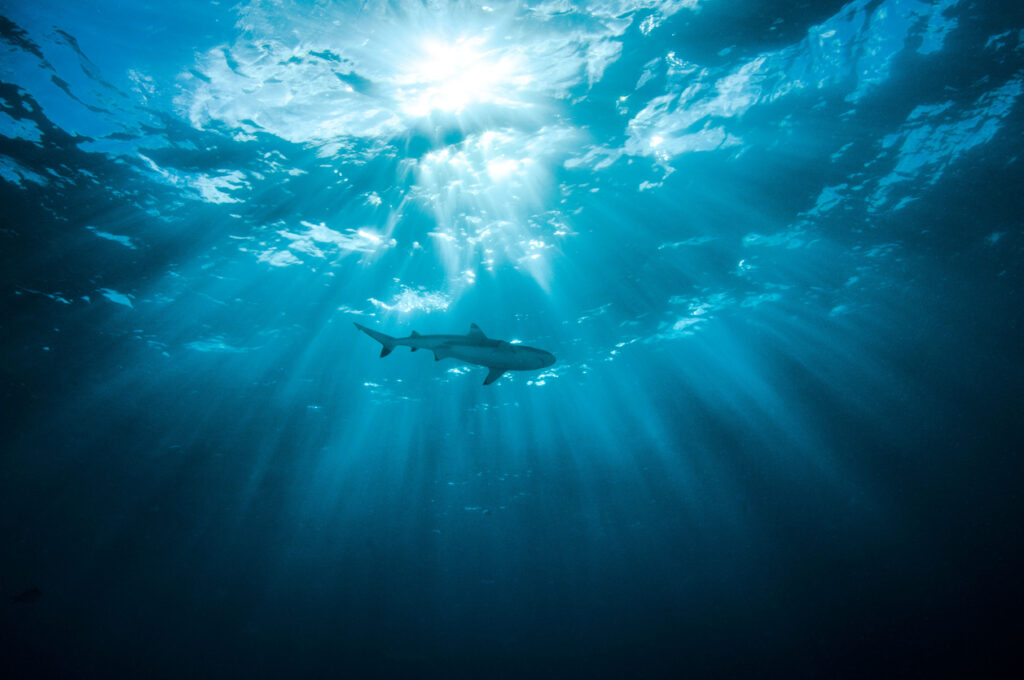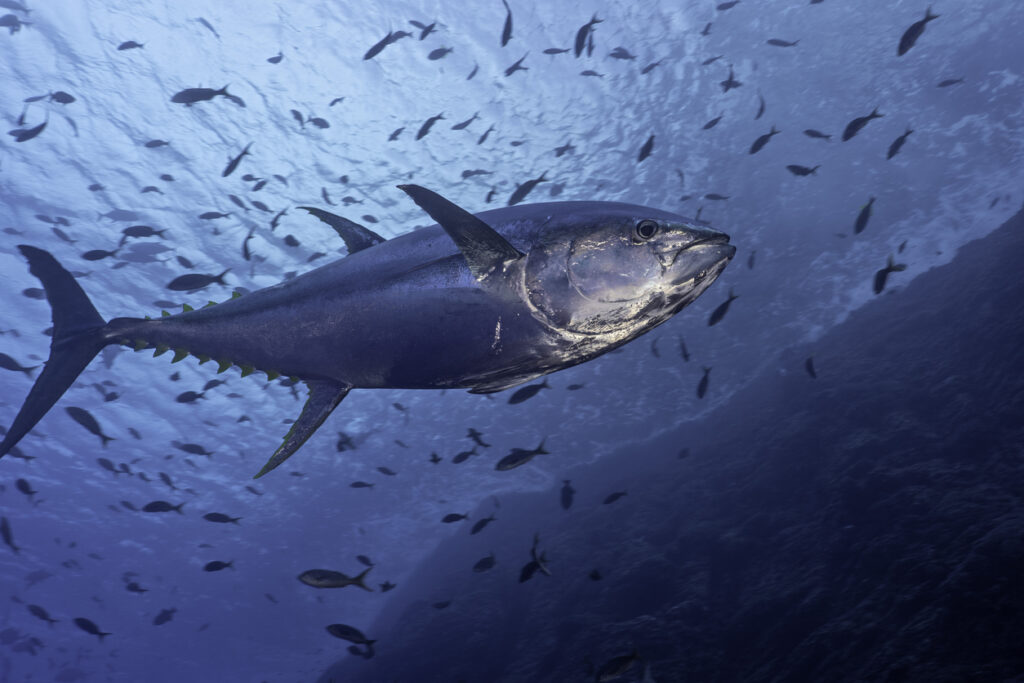It’s always tempting to use “sea” and “ocean” interchangeably – we may even be guilty of it ourselves! But there are plenty of ways that these two vast water bodies differ, from their size and scale to the geographical features that define them.
If you’ve never considered the difference between the sea and the ocean, it’s actually a far more fascinating topic than you might think. With lots of neat facts and stats to explore. So, that’s what we’re going to focus on today, as we take you on a deep-dive look at what makes seas and oceans different.
What is an ocean?

Defining what seas and oceans are seems like a good place to start. After all, these are unique water bodies, each with their own distinct features and characteristics.
Oceans, then, are the largest water bodies on Earth. They cover roughly 70% of the planet and, impressively, have an average depth of approximately 3,800 metres. That’s deep enough to fit the tallest building in the world (the Burj Khalifa, 828m) four and a half times over.
Another defining feature of oceans is that, unlike seas, they’re not contained by land. In fact, you could say that they contain the land, such is their size, scale and power.
What’s more, ocean currents have a huge impact on climate, geography and environmental conditions all around the world. For example, the Atlantic Gulf Stream brings warm, tropical air from the Gulf of Mexico to the UK and beyond, all powered by the intensity of the North Atlantic Ocean current.
While we tend to think of the ocean being divided into five distinct areas (including the Pacific, Atlantic, Indian, Southern, and Arctic). It’s actually one giant water encircling the entire Earth. There is no point where the open ocean is split by land, unlike seas, which can be fully or partially enclosed.
What is a sea?

A sea is a smaller part of the ocean that appears where the ocean meets land. For instance, the North Sea is part of the Atlantic and Arctic oceans, but since it’s located between two land masses (the British Isles and the European continent) it’s classed as a sea.
Not only are most seas enclosed and contained by land (with the exception being the unique Sargasso Sea, which is bordered by the currents of the Atlantic), but they’re also much shallower than oceans. The Mediterranean Sea is one of the largest seas in the world. It only has an average depth of 1,500 metres – over 50% less deep than the ocean.
Ever heard the expression “the seven seas”? Well, it’s not exactly accurate. There are actually 50 seas around the globe, from the Baltic Sea in Northern Europe to the South China Sea in the Far East. So, where did the term “seven seas” come from?
It’s actually a historical term once used by sailors, merchants and pirates to describe all the seas of the “known world”. Different cultures had their own meaning for the seven seas, depending on where they travelled and the waters they discovered.
What animals are found in the ocean vs. the sea?
So, we’ve established that oceans are significantly larger and deeper than seas, with strong currents that influence climate, environment, and habitats all across the globe. But so far as the marine animals that live in them, how do seas and oceans compare?
Ocean animals

Since oceans cover 70% of the world’s surface, they naturally contain a significant amount more marine life than seas. Ocean habitats are hugely varied, from coral reef systems to open ocean, so they’re home to an extraordinary diversity of life. This includes coral-dwelling clownfish, colourful lionfish, sharks, eels, whales, and the impressive giant Pacific octopus.
It’s important to remember, too, that many species found in open oceans are migratory. Indeed, some of the largest animals on Earth, including the mighty blue whale (Balaenoptera musculus) will travel thousands of miles each year between oceanic breeding and feeding grounds.
The ocean also contains a wealth of deep sea-dwelling animals, which live at extraordinary depths in total darkness. From the Sloane’s viperfish (Chauliodus sloani) to the humpback anglerfish (Melanocetus johnsonii); hundreds of species have adapted to life in the seemingly inhospitable depths of the open ocean.
Sea animals

With all that said – don’t underestimate the diversity of life found in the world’s great seas. Our seas provide a rich habitat for all kinds of animals and plant life. With many unique species found exclusively in different seas all around the globe.
What’s more, seas often provide safe breeding grounds for innumerable species, offering protection against the intense currents of the open ocean. The Mediterranean Sea, for example, is the only breeding ground of the Atlantic bluefin tuna (Thunnus thynnus), which seeks refuge in the calmer waters that the Mediterranean provides.
We hope you’ve enjoyed this deep-dive look at how seas and oceans differ. If you’d like to learn more about the animals that dwell in these unique water bodies, book your tickets to Blue Planet Aquarium. Here, you’ll find exhibits dedicated to the animals of the Ocean along with ten other unique marine habitats.
